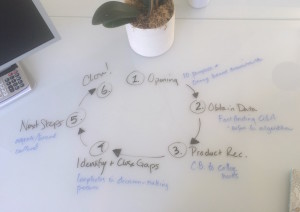The great philosopher Cicero reminds us that, “Gratitude is not only the greatest of virtues, but the parent of all the others.” On November 26th, nationwide we will gobble 51,150,000 turkeys and devour 2.4 billion sweet potatoes. As we’re digging in, we have abundant reasons to be grateful: the opportunity to collaborate with many talented people, super smart colleagues, and the company of a dynamic team. But above all, amazing clients like ours make the job worth doing and top our list.
May you also be in great company and savor delicious eats.
Happy Thanksgiving!
Team SBR





